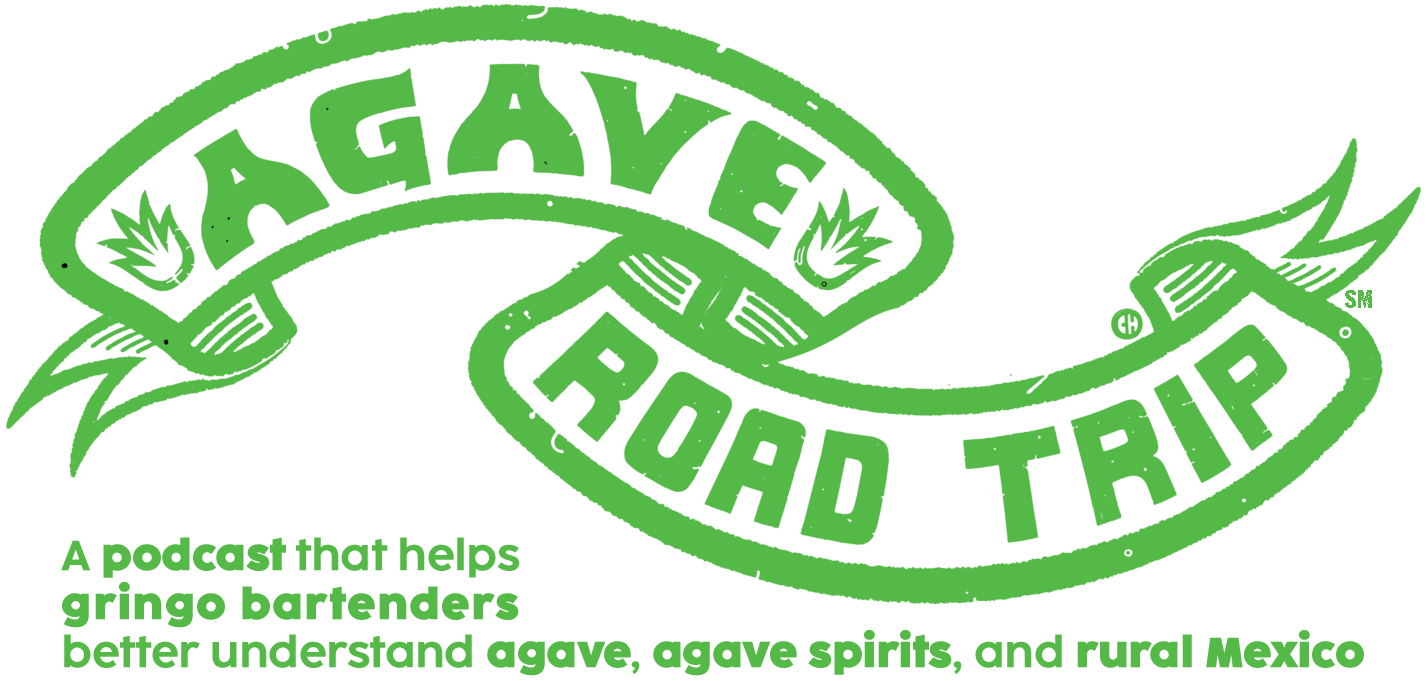Guesting on Agave Road Trip
First, find the right place to record. Smaller spaces are good, especially those with soft surfaces. Bathrooms tend to echo, which isn’t good. Closets tend to offer flat sounds, which is great. You can add blankets and other soft surfaces to even out sounds. Turn off fans and heaters and anything that would translate as a background noise.
Next, think about the tool you’ll use to record.
If you have a digital recording device, that’s the best option. Ideally you would use this with a connected microphone.
If you have an iPhone, these can also be good devices to use, if you use a headset with a built-in microphone. Click here for some additional thoughts on using the iPhone to record your side of the conversation.
Your laptop can also be a good tool for recording, though, again, a headset/microphone is going to be needed to get decent audio. Click here for more thoughts on using your laptop to record your side of the conversation.
If you don’t have access to any of those tools, I can grab the audio from the Zoom call we’ll have. We will connect via Zoom regardless — it’s easier to record if we can see each other. If that’s the only way to grab audio from you, click here to explore best settings to ensure quality audio from Zoom.
Zoom Call Settings
Please turn on "Original Sound" — that's on Zoom Settings>Audio>Music and Professional Audio>Show in meeting option to enable "Original Sound."
After that, enable "High fidelity music mode," disable "Echo cancellation," and disable "Stereo audio." Then scroll to "Suppress background noise" and select “Low.”
Finally, go to the "Recording" tab under Settings, and look for an option that says "Record a separate audio file of each participant" and enable it.
Here's a video of some people showing all of this step by step: https://youtu.be/tHmgZJ6G63I
Digital Recording Device
If your device offers options, our sound engineer, Roy, prefers that you record on .WAV format and, if possible, at a 48kHz sample rate.
Roy prefers doing the post-production on his side, since most of those AI-powered tools (noise reduction, etc) are not (yet!) fine-tuned and tend to be very aggressive to the point of cutting some words. So please upload raw .WAV files.
Please avoid recording too close to the mic and/or with the volume too high on the preamps (when using portable recorders). About an extended palm from the mic to the mouth should be enough of a distance. Also try to use a pop-filter whenever possible.
I’ll send you a link to the Drive folder to which I’ll want you to upload your audio file, after our recording session is complete. Thanks!
iPhone
The Voice Memo app on your iPhone can be a great option. But here again, you’ll want to use a headset with a microphone for best results.
When we’ve completed the recording session, click the three dots in the upper right-hand corner of the saved voice memo and select “share.” Then send to me using WhatsApp, text, or email. The file may be too large, in which case you’ll want to airdrop it to your laptop and then upload it to the Google Drive folder that I point you to after the recording session.
Please avoid recording too close to the mic. About an extended palm from the mic to the mouth should be enough of a distance. Also try to use a pop-filter whenever possible.
Laptop
In all of these cases, you’ll again want to use a headset with a microphone. Please avoid recording too close to the mic. About an extended palm from the mic to the mouth should be enough of a distance. Also try to use a pop-filter whenever possible.
For Macs
The Voice Memo app is standard on many Mac laptops. If it’s not on yours, consider using the following:
Garage Band, free first-party software, is a bit confusing to use the first time, but still very user-friendly.
Reaper is a much more complex software, will cost you around US$60.
Pro Tools, like Reaper, will cost you, but is much more expensive. I only put this one on the list because some production companies already have it on their belt and are more comfortable using it.
For Windows
The Sound Recorder app is standard on many Windows laptops. It's very simple, clean, and has the ability to choose recording format (please choose WAV) and audio quality (please choose "Best"). If it’s not on yours, consider using the following:
Audacity is free, not as simple to use, but still manageable.
Reaper is more complex and will cost you around US$60. But maybe you already have it.
